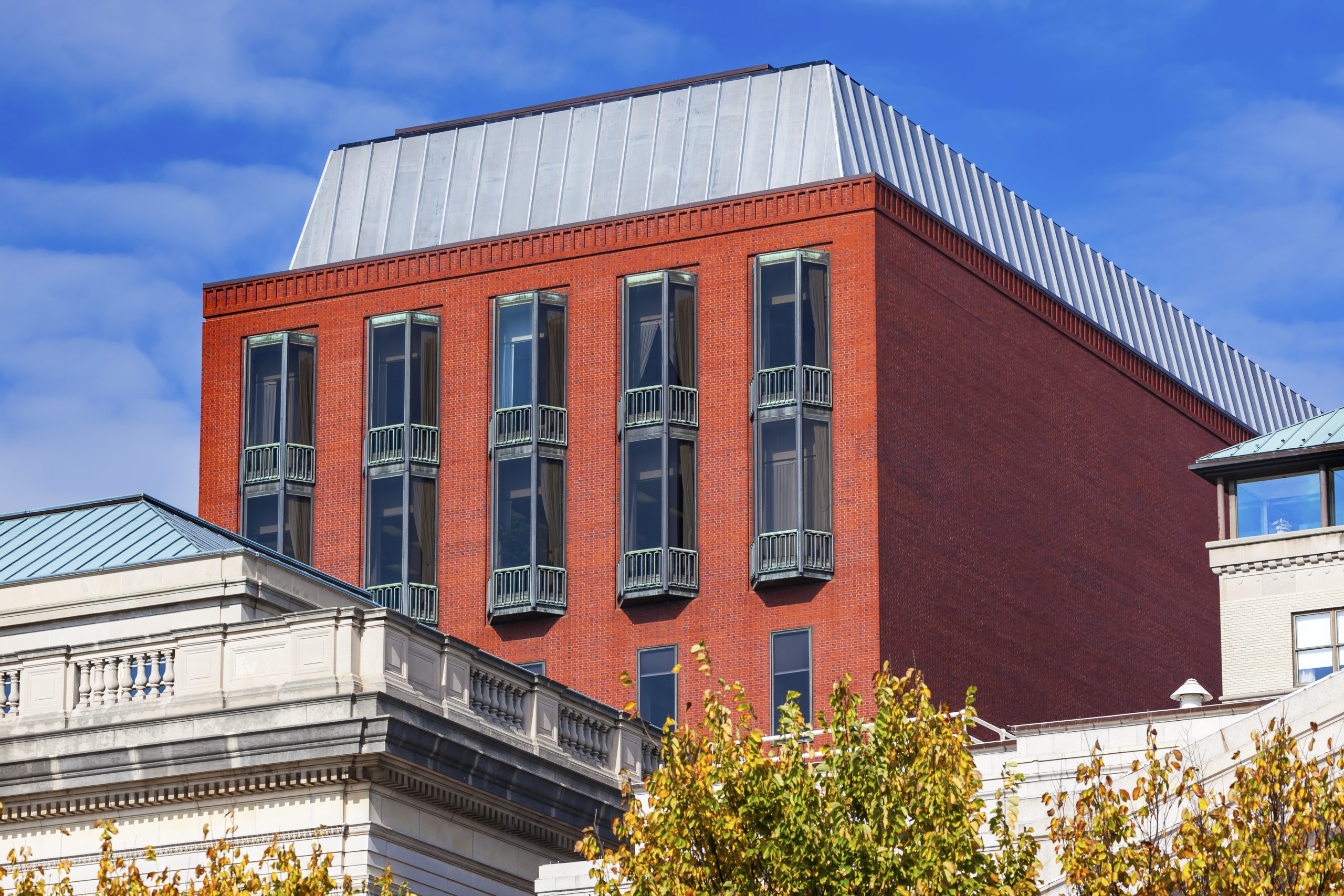Organizations Tell USPTO Proposed 2025 Fees ‘Misuse’ Office’s Fee Setting Authority
“PhRMA’s comments also noted that the USPTO currently has a growing examination backlog of nearly 800,000 applications as of February 2024, which contributes to continuing applications being filed 5-8 years after the earliest benefit date.”
The U.S. Chamber of Commerce’s Global Innovation Policy Center (GIPC), the Pharmaceutical Research and Manufacturers of America (PhRMA) and the Council for Innovation Promotion (C4IP) are among a number of organizations that have recently submitted comments on the U.S. Patent and Trademark Office’s (USPTO’s) proposed fee schedule for 2025 to express their concern about certain substantial fee increases.
The Office published the Notice of Proposed Rulemaking (NPRM) on “Setting and Adjusting Patent Fees During Fiscal Year 2025” in April. Comments closed on June 3 and the Regulations.gov docket indicated on Wednesday that a total of 34 comments have been received.
Big Increases
As part of the NPRM, the USPTO is proposing fee adjustments that could increase the cost of requests for continued examination by 700% in some cases. Together with the recent NPRM on terminal disclaimer practice, some have argued these fees represent the Office’s attempt “to significantly deter, if not eliminate, continuations practice – a right that inventors are given by statute,” wrote several former U.S. Patent and Trademark Office (USPTO) officials recently.
Such agency attempts to limit continuation practice have been successfully challenged in the past.
The 2025 fee schedule proposes a surcharge of $2,200 if an applicant files a continuation application more than five years after the earliest claimed priority or benefit date, which would jump to $3,500 if the continuation application after more than eight years. According to the NPRM, “[c]ontinuing applications, which include continuation, divisional, and continuation-in-part applications…represent a large and increasing share of patent applications.” The Office cited statistics showing that “continuation applications have tripled, from about 40,000 in FY 2010 to about 122,800 in FY 2022, and now represent about 34% of serialized filings.”
No Authority
C4IP’s comments, submitted on June 3, argued that some of the fee adjustments proposed “represent a departure from the Office’s historic practice of adjusting fees incrementally to reflect anticipated cost increases and Office priorities.” Instead, said the letter, the increases appear aimed at changing applicant behavior and thus represent substantive rules, which courts have already ruled the USPTO does not have the authority to promulgate.
The Chamber’s comments indicated agreement with “most of the fees,” but it called a “small minority” of the proposed fees “extreme and not grounded in reasonable cost recovery but rather in this Administration’s policy preferences regarding certain types of patenting practices.” The comments noted that, while most of the increases are in the 10% to 25% range, proposed fees for patent term extension (PTE) would jump by 468% and terminal disclaimer by 724% in certain circumstances. The USPTO’s stated rationale that the fees for terminal disclaimer will encourage earlier filing of terminal disclaimers, for example, is not permitted by the statute and the PTE fees would unfairly target one sector.
Speaking on behalf of that sector, PhRMA submitted lengthy comments that accused the NPRM of being “a renewed attempt to establish policy goals reflected in the previous Requests for Comments [RFC] on USPTO Initiatives to Ensure the Robustness and Reliability of Patent Rights.” Given the parallels between that RFC and the NPRM, PhRMA said the Office should incorporate by reference all of the comments submitted on the earlier RFC.
USPTO Backlog Contributes to Late Continuing Applications
PhRMA’s comments also noted that the USPTO currently has a growing examination backlog of nearly 800,000 applications as of February 2024, which contributes to continuing applications being filed 5-8 years after the earliest benefit date. The comments explained:
“This backlog and other factors often lead to USPTO’s delay in prosecution of the parental patent applications. These delays can prevent the applicant from being able to quickly assess the patentability of the subject matter and the need for a continuing application before 5 years after the original EBD date. This backlog has resulted in steadily increasing wait times to receive the first office action. The average first Office Action pendency for FY2023-2024 was 20.2 months, which has increased 33% from the same average pendency to first office action in December 2020 which was 15.4 months.”
Overall, said PhRMA, the USPTO’s admission that the NPRM is aimed chiefly at policy goals is a misuse of its fee setting authority and “fails to correspond to ‘the cost of the respective services’ and the fee charged.”
Eileen McDermott
Eileen McDermott is the Editor-in-Chief of IPWatchdog.com. Eileen is a veteran IP and legal journalist, and no stranger to the intellectual property world, having held editorial and managerial positions at […see more]







